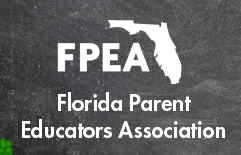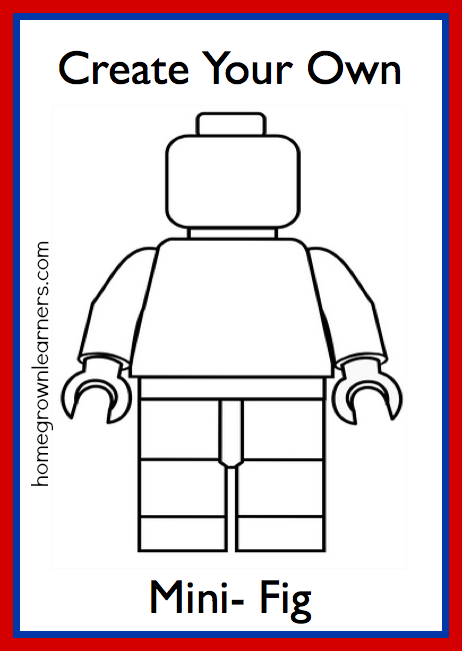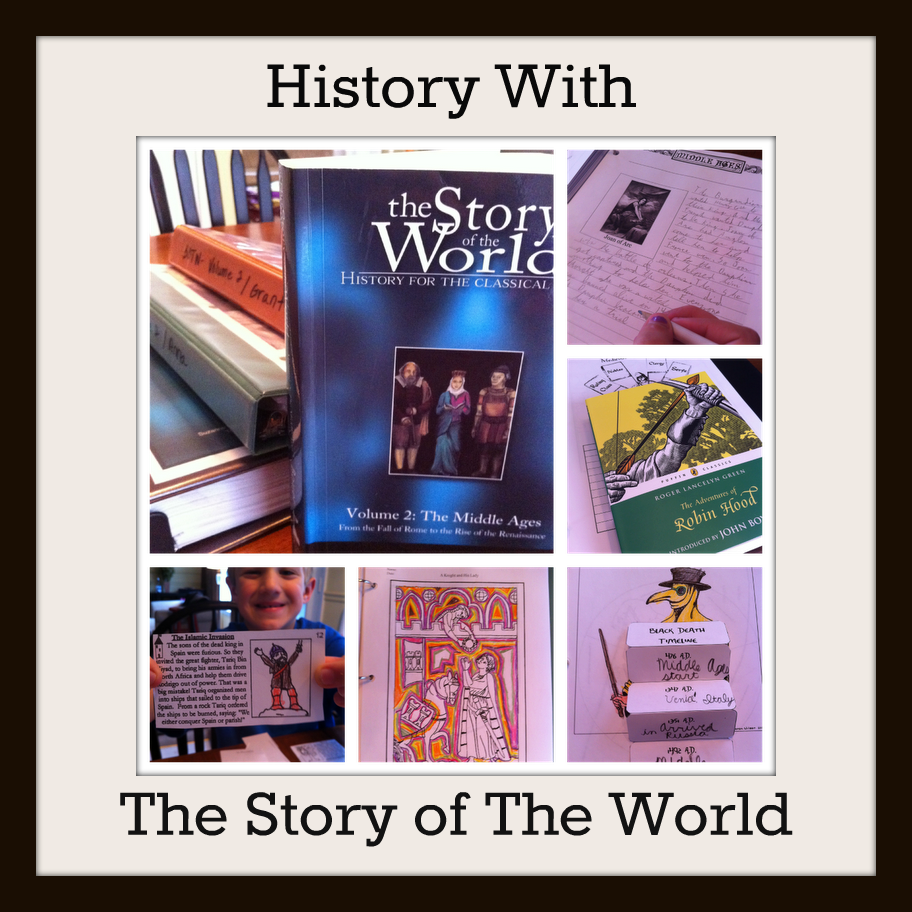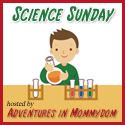Wednesday Feature ~ Homeschool Guests
 Wednesday, May 9, 2012 at 5:00AM
Wednesday, May 9, 2012 at 5:00AM I'm so excited to introduce a new Wednesday feature... Homeschool Guests. Each Wednesday (for as long and often as I can keep it going!) I'd like to introduce you to a friend of mine whom I admire and learn from. Hopefully these guests will give us a fresh perspective on homeschooling topics ~ maybe areas we aren't so strong in or need a little motivation for perhaps.
My sweet friend, Hope, is kicking off this feature. Hope was one of my first homeschooling friends. We are in the same co-op. I got to know her very well when I was her teaching assistant! We also live just a mile from each other. She just "gets" me... we both share a love of books, education, and our iPhones! I'm blessed to have her in my support system.
Hope's passion is NATURE. I am in awe of how she shares this love with her children. I think you'll see from this post that she is a talented, creative, and caring mother. I KNOW you'll learn some wonderful things, too.
I am ever so thankful I ran across Charlotte Mason's philosophy early in our homeschooling journey. She places high value on Nature Study, the door it opens to all things scientific and its connection with our Creator. If you are not familiar with Charlotte Mason's ideas on Nature Study consider reading A Charlotte Mason Companion. Karen Andreola devotes three chapters to the subject.
Ms. Mason viewed consistency as an important aspect for exploring and observing changes like the seasons. So besides our own backyard, we regularly visit a nature area close by with trails, a rocky creek, granite outcroppings and a fishing pond. Of course, one must also visit other places for grand adventures and explorations, too!
We get outside whenever possible! Our traditional subjects are completed on the picnic table, hammock and sitting in the grass as weather permits. Additionally, I don't mind if we are in the middle of a lesson and a child finds a daddy bluebird going into the nesting box with a piece of food interesting. It's ok to stop for a moment and listen closely as the nestlings tweet noisily in excitement. It's ok if a lizard scurries by and an intrigued four year old must take a moment to try and catch it. As long as we complete our original lesson, this mommy does not mind!
However, not every outing has to be a formal lesson with nature journaling.
We regularly explore and enjoy discovering and observing just for the pure joy of it. Of equal importance to note is not everyone will be interested in the same things. Nevertheless, we should all try very hard to show appreciation for what is important to another - even if it's an 'ordinary' rock. In the picture below, our six year old is interested in leaves, our eight year old birds and four year old sticks. (Yes, sticks.) Each has their own nature journal. For the older two it's a spiraled watercolor notebook and for the youngest it's a few index cards stapled together or printer paper or both.
We have our handy the Handbook of Nature Study and usually one more reference book. If we decide to journal, we take an art supply kit if we are going to be in our back yard or not hiking very far (it's bulky.) Otherwise, we pack watercolors or colored pencils.
Below is an example of one of my eight year old daughter's nature entries. She has written about what she has personally observed, not just read out of a book for this particular entry. She has also included an original poem.
A nature journal should be as unique as the child.
In this picture, my just turned six year old is showing off his leaf rubbing. I added a poem of his choosing to the top portion of his entry.
Here's another example of an entry, done on the same day as the Bluebird because she wanted to.This one is about Chickadees. We are observing both Bluebird and Chickadee nestlings. She drew the mother and what she observed as the first baby hatched. She chose to copy a short paragraph from More Fun with Nature (Fun with Nature) and then composed an original poem.
Once home, we typically pull out a couple of living books and find a chapter about one of the day's exciting discoveries. For example, a few resources we often use are The Burgess Animal Book for Children, The Burgess Bird Book for Children (both by Thornton W. Burgess) or Jim Arnosky's Crinkleroot books. Most Crinkleroot Guides are out of print but can be found at the library. Both authors have given us great examples of living literature, which by the way were first introduced to us by our dear friend Mary, right here at Homegrown Learners!
As I conclude this glimpse into the way we enjoy Nature Study, Charlotte Mason style, I will leave you with this quote from Ms. Mason, my nature study hero:
"It would be well if we all persons in authority, parents and all who act for parents, could make up our minds that there is no sort of knowledge to be got in these early years so valuable to children as that which they get for themselves of the world they live in. Let them once get touch with Nature, and a habit is formed which will be a source of delight through life. We were all meant to be naturalists, each in his degree, and it is inexcusable to live in a world so full of the marvels of plant and animal life and to care for none of these things."
* The button image for Homeschool Guests is courtesy Your Secret Admiral.
































